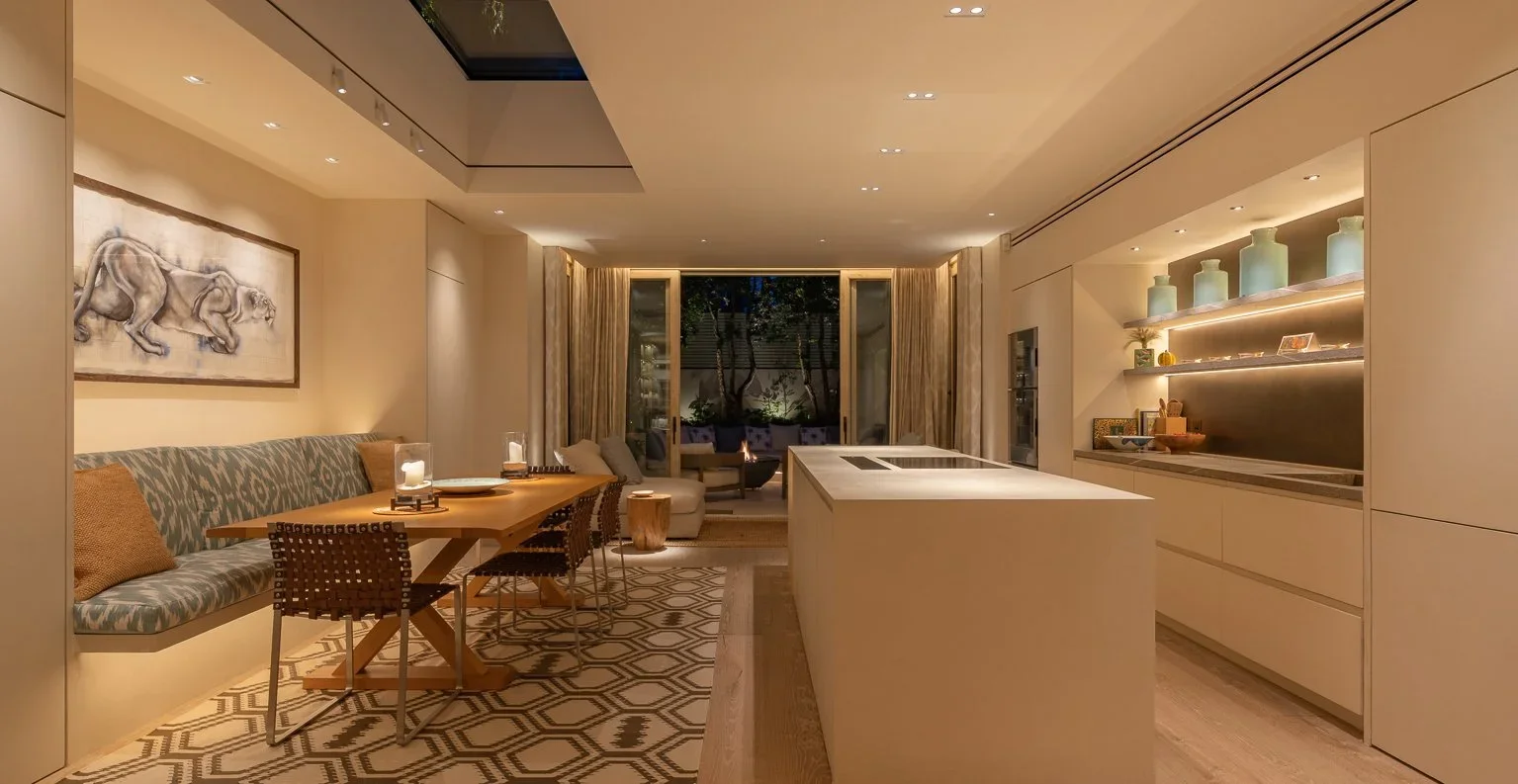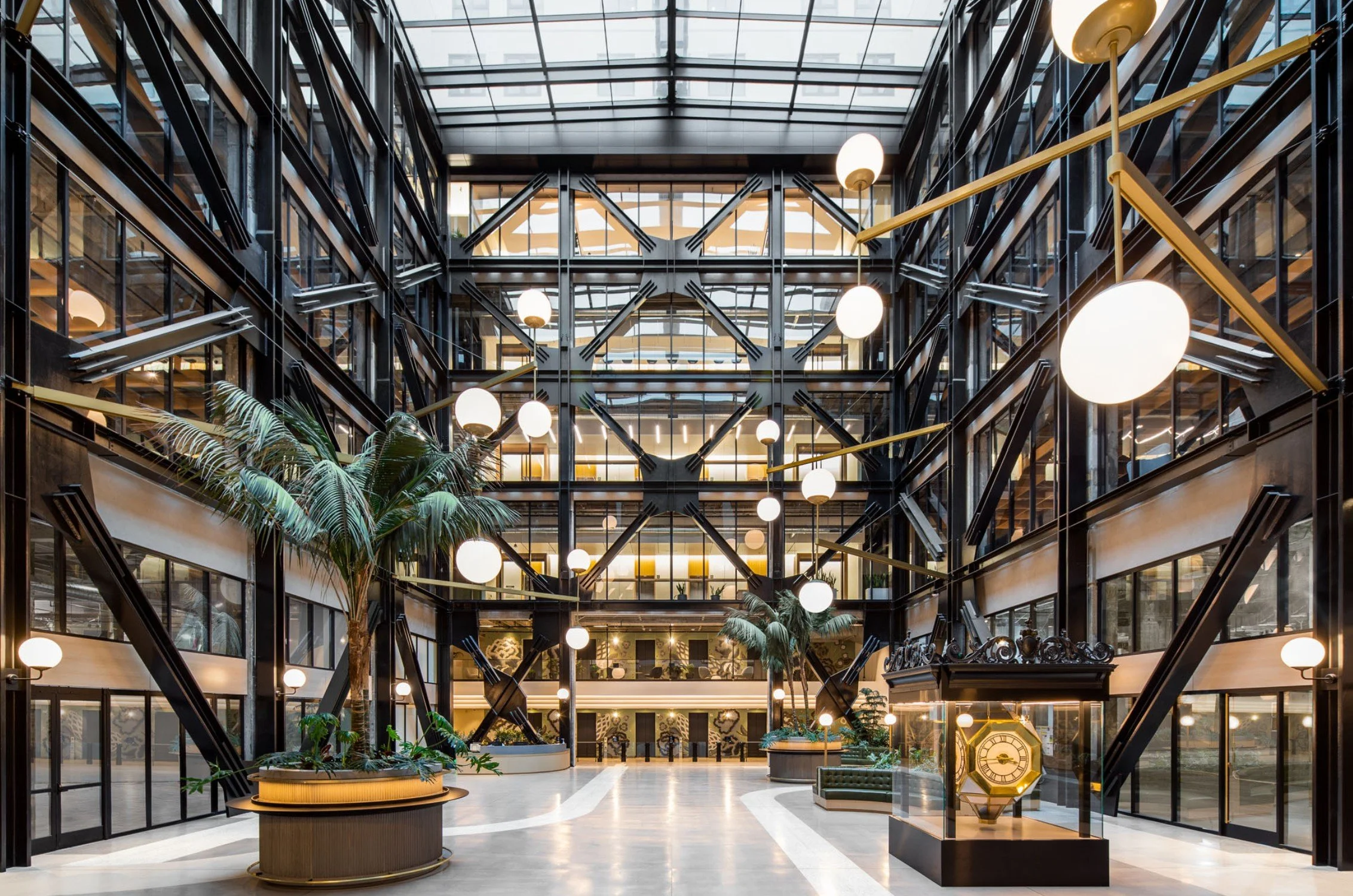How It Works to Hire an Architectural Lighting Designer as a Consultant
When you’re designing a new home, remodeling a space, or developing a commercial project, lighting often gets overlooked. Yet lighting has the power to transform how a space feels, functions, and is experienced. That’s where an architectural lighting designer comes in.
At Agapeh Lighting, we specialize in guiding homeowners, architects, and developers through the lighting design process. Here’s a breakdown of how it works to hire a lighting consultant for your project.
Step 1: Initial Consultation
The process begins with a discovery call or meeting. During this phase, we discuss:
The scope of your project (residential, commercial, hospitality, etc.).
Your aesthetic goals and functional needs.
Timeline and budget considerations.
This step ensures we understand your vision and how lighting can best support it. It also helps you see where a professional lighting designer adds value that goes beyond a contractor or electrician’s scope.
Step 2: Concept Development
Once we understand your project, we develop a conceptual lighting plan. This includes:
Mood boards or inspiration imagery.
Preliminary fixture recommendations.
Early ideas for layering, zoning, and controls.
The goal here is to create a lighting concept that aligns with your architecture and interior design while elevating the overall experience of the space.
Step 3: Detailed Lighting Design Plan
After concept approval, we move into the technical design phase. This often includes:
Fixture schedules with exact products and specifications.
Layouts showing placement of lights, circuits, and controls.
Recommendations for dimming systems, color temperatures, and energy efficiency.
This is where the design gets highly detailed so that architects, contractors, and electricians can seamlessly implement the vision.
“Emblem Health” New York, NY, Gensler. Photo by Robert Deitchler.
Step 4: Collaboration with the Team
A lighting designer acts as a bridge between design and execution. We work closely with:
Architects to ensure lighting complements the spatial design.
Interior designers to enhance finishes, textures, and focal points.
Contractors/electricians to clarify technical details and ensure proper installation.
This collaborative approach keeps everyone aligned and prevents costly mistakes later in the project.
Step 5: On-Site Adjustments and Aiming
Once fixtures are installed, the job isn’t finished. A key part of hiring a lighting designer is on-site adjustments:
Fine-tuning aiming angles.
Setting dimming levels.
Ensuring each space feels balanced, functional, and visually striking.
This is the step that transforms a set of drawings into a beautifully lit environment.
Photo by Tyler Chartier.
Why Hire a Lighting Consultant?
Hiring an architectural lighting designer provides:
Expertise: Years of experience in how light interacts with architecture, materials, and human behavior.
Customization: Tailored solutions rather than one-size-fits-all fixture packages.
Value: Proper lighting increases property value, improves mood and performance, and enhances design investments.
Efficiency: Guidance on energy-saving technologies and smart control systems.
The Agapeh Lighting Approach
At Agapeh Lighting, we believe that light is not just functional — it’s emotional, experiential, and transformative. Whether you’re designing a high-end residence, a boutique retail store, or a hospitality project, we bring both artistic vision and technical precision to every consultation.
✨ Ready to explore lighting design for your project?
Reach out to Agapeh Lighting for a consultation and discover how the right lighting can completely transform your space.



